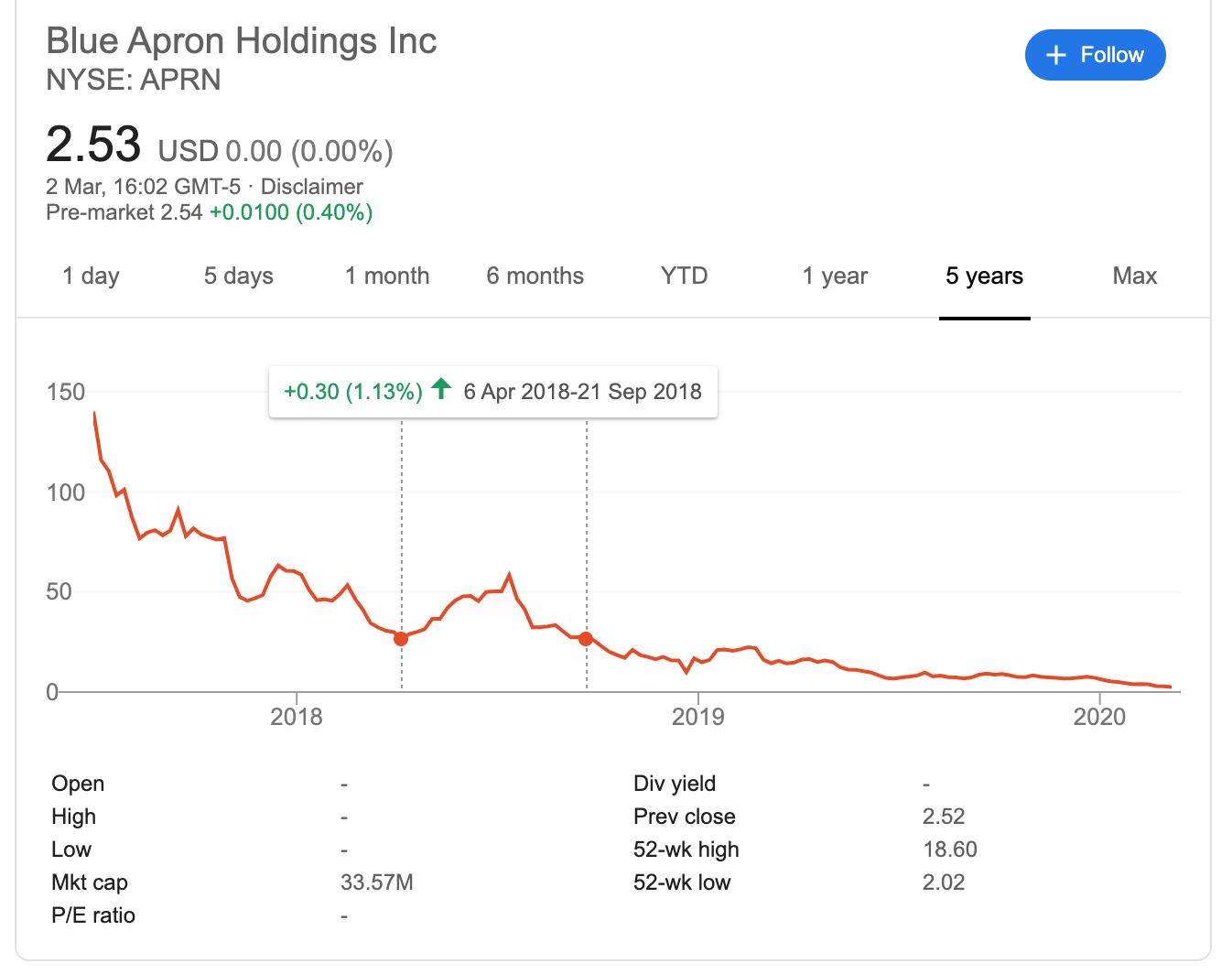What is a Dead Cat Bounce?
Join thousands of savvy investors and get:
- Weekly Stock Picks: Handpicked from 60,000 global options.
- Ten Must-Have Stocks: Essential picks to hold until 2034.
- Exclusive Stock Library: In-depth analysis of 60 top stocks.
- Proven Success: 10-year track record of outperforming the market.
If a dead cat falls from far enough and is going fast enough, it will bounce. That's the theory anyway, not to be confused with Dead Cat Strategy; who knew dead cats had such metaphorical use? A Dead Cat Bounce is a brief recovery in the price of a declining equity or asset class. The rally is usually short-lived, followed by a further decline.
Read More from MyWallSt:
What makes it a Dead Cat Bounce and not a reversal is when the price of the equity drops below the initial price at which it rallied. Traders try to identify the event as it happens in order to find quick, short-term gains, as well as shorting opportunities. However, the main difficulty here lies in the fact that it is impossible to indicate whether a rally is a Dead Cat Bounce or not until after the fact. Much like trying to time when the market hits bottom, attempting to identify one could prove a costly folly for the over-confident investor.
An Example of a Dead Cat Bounce

Now, the idea of chart analysis gives me the heebie-jeebies (don't come at me with a cup-and-handle unless it's filled with coffee!) but I do feel it's quite easy to identify a dead cat bounce. If you look at Blue Apron's (NYSE: APRN) chart, from the start of April to the end of September 2018 you can see a prime example of our deceased feline friend. You would be forgiven for seeing a resurgence in a former high-flying stock and smelling a pre-packaged bargain. However, if you bought at the peak of that 6 month period, your investment would have fallen 95.66%.
Is this a warning?
The word 'warning' sounds a bit dour. In spite of some of my recent articles, I am actually an optimist. However, I do feel there is a risk for us retail investors getting carried away by the momentum of bigger, macro-economic factors that are outside our circle of competence. Perhaps precaution might be the more apt term. So take this as a precaution to be wary of pouring into the markets in a time of such volatility.
Maybe I'm more of a realist actually.
As markets are closed today, let's look back at the week just past. The Dow (NYSEARCA:DOW) closed up 13% yesterday, and the S&P 500 (NYSEARCA:VOO) had its best week since 1974. Let's check out some of the big movers:
- Apple (NASDAQ:AAPL): up 11%
- Tesla (NASDAQ:TSLA): up 19%
- Lululemon (NASDAQ:LULU): up 12%
- Occidental Petroleum (NYSE:OXY): up 22%, and reached as high as 41% before returning some gains
- Square (NYSE:SQ): up 35%
As we can see, some pretty big gains across a swath of industries and market caps. It seems the only stocks that have not seen substantial gains this week are those that have been performing well since the pandemic has enveloped the economy. Stay at home stocks like Slack (NYSE:WORK), Zoom (NASDAQ:ZM), and Teladoc (NYSE:TDOC) trailed the greater market this week by some distance.
The cause for the rally is a mixture of Fed stimuli and FOMO from investors, who have perceived stocks to be oversold, with many claiming we have hit the bottom. My problem with this is that it perpetuates the problem the market has had since 2018: a detachment from the economy. I first spoke about it back in January, however, this week is an even more glaring example. In the same week that the U.S. jobless figures rivaled that of the Great Depression, we saw one of the best weeks for the market in its history.
This attitude is unsustainable and should come as a warning to the sustained volatility which we are to be exposed to. Could this week be the beginning of a Dead Cat Bounce, or will it be the platform from which we dive into another ten years of this magnificent never-ending bull market? I know which direction I'm leaning towards.
MyWallSt operates a full disclosure policy. MyWallSt staff currently hold long positions in Apple, Microsoft, and Tesla. Read our full disclosure policy here.
- Weekly Stock Picks: Handpicked from 60,000 global options.
- Ten Must-Have Stocks: Essential picks to hold until 2034.
- Exclusive Stock Library: In-depth analysis of 60 top stocks.
- Proven Success: 10-year track record of outperforming the market.
